Using algorithms derived from neuroscience, AI research company Numenta has achieved a dramatic performance improvement in deep learning networks, without any loss in accuracy. Their breakthrough is also vastly more energy efficient.
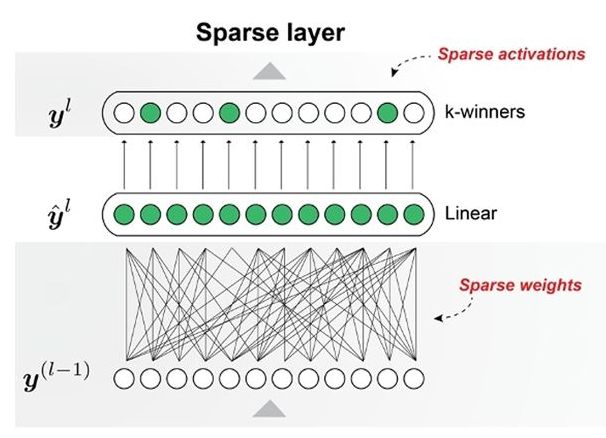

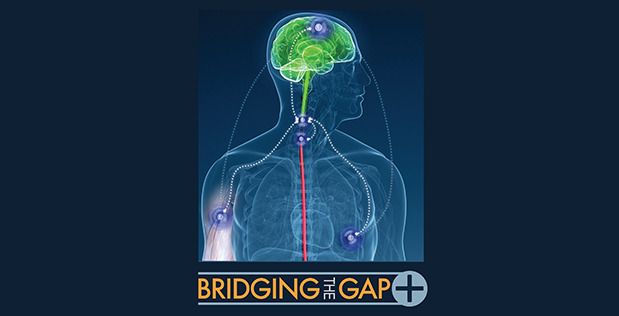
Spinal cord injury (SCI) is of significant concern to the Department of Defense. Of the 337,000 Americans with serious SCIs, approximately 44,000 are veterans, with 11,000 new injuries occurring each year.1 SCI is a complex condition – the injured often face lifelong paralysis and increased long-term morbidity due to factors such as sepsis and autonomic nervous system dysfunction. While considerable research efforts have been devoted toward restorative and therapeutic technologies to SCIs, significant challenges remain.
DARPA’s Bridging the Gap Plus (BG+) program aims to develop new approaches to treating SCI by integrating injury stabilization, regenerative therapy, and functional restoration. Today, DARPA announced the award of contracts to the University of California-Davis, Johns Hopkins University, and the University of Pittsburgh to advance this crucial work. Multidisciplinary teams at each of these universities are tasked with developing systems of implantable, adaptive devices that aim to reduce injury effects during early phases of SCI, and potentially restore function during the later chronic phase.
“The BG+ program looks to create opportunities to provide novel treatment approaches immediately after injury,” noted Dr. Al Emondi, BG+ program manager. “Systems will consist of active devices performing real-time biomarker monitoring and intervention to stabilize and, where possible, rebuild the neural communications pathways at the site of injury, providing the clinician with previously unavailable diagnostic information for automated or clinician-directed interventions.”
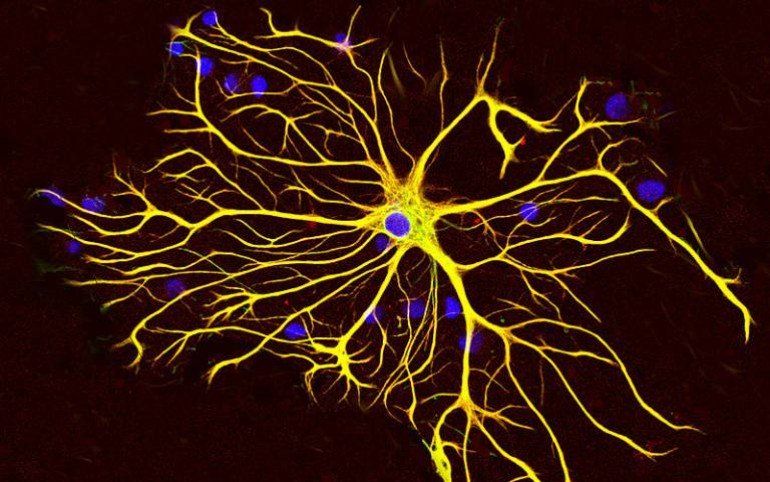
Circa 2011
There is a physical and electrical disconnect between the world of electronics and the world of biology. Electronics tend to be rigid, operate using electrons, and are inherently two-dimensional. The brain, as a basis for comparison, is soft, operates using ions, and is three-dimensional. Researchers have therefore been looking to find different routes to create biocompatible devices that work well in wet environments like biological systems. In an exiting new development, researchers from North Carolina State University have fabricated a memory device that is soft, entirely based on liquid-based matter, and functions well in wet environments — opening the door to a new generation of biocompatible electronic devices.
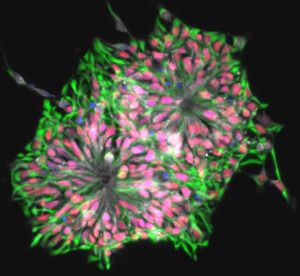
IPSC are derived from skin or blood cells that have been reprogrammed back into an embryonic-like pluripotent state that enables the development of an unlimited source of any type of human cell needed for therapeutic purposes. For example, iPSC can be prodded into becoming beta islet cells to treat diabetes, blood cells to create new blood free of cancer cells for a leukemia patient, or neurons to treat neurological disorders.
In late 2007, a BSCRC team of faculty, Drs. Kathrin Plath, William Lowry, Amander Clark, and April Pyle were among the first in the world to create human iPSC. At that time, science had long understood that tissue specific cells, such as skin cells or blood cells, could only create other like cells. With this groundbreaking discovery, iPSC research has quickly become the foundation for a new regenerative medicine.
Using iPSC technology our faculty have reprogrammed skin cells into active motor neurons, egg and sperm precursors, liver cells, bone precursors, and blood cells. In addition, patients with untreatable diseases such as, ALS, Rett Syndrome, Lesch-Nyhan Disease, and Duchenne’s Muscular Dystrophy donate skin cells to BSCRC scientists for iPSC reprogramming research. The generous participation of patients and their families in this research enables BSCRC scientists to study these diseases in the laboratory in the hope of developing new treatment technologies.


The ability to cancel magnetic fields has benefits in quantum technology, biomedicine, and neurology.
A team of scientists including two physicists at the University of Sussex has found a way to circumvent a 178-year old theory which means they can effectively cancel magnetic fields at a distance. They are the first to be able to do so in a way that has practical benefits.
The work is hoped to have a wide variety of applications. For example, patients with neurological disorders such as Alzheimer’s or Parkinson’s might in the future receive a more accurate diagnosis. With the ability to cancel out ‘noisy’ external magnetic fields, doctors using magnetic field scanners will be able to see more accurately what is happening in the brain.
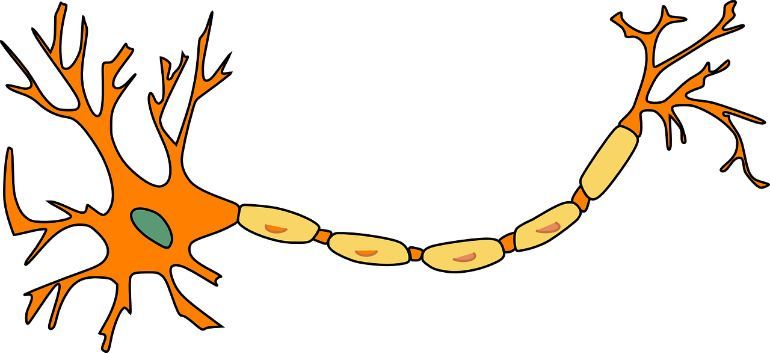
Summary: Researchers have discovered a two-pronged approach to restore myelin on regenerated axons in a mouse model of optic nerve damage. The findings have positive implications for the treatment of multiple sclerosis.
Source: Children’s Hospital of Boston
Loss of myelin—the fatty substance that surrounds the axons of nerve cells—is one of the reasons nerve cells fail to recover after injury and in some diseases. Myelin acts like insulation, covering the long axon threads that enable high-speed communication between neurons. Without myelin, the neurons may not be able to coordinate well, leading to less than optimal function.
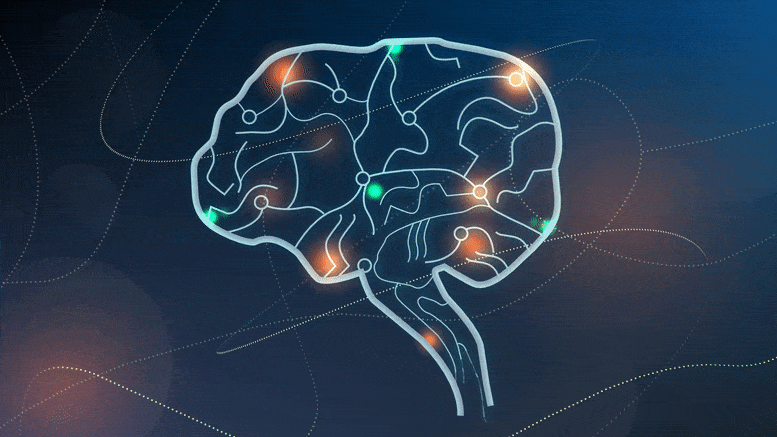
Neuroscientists at University College London (UCL) have used laser beams to “switch on” neurons in mice, providing new insight into the hidden workings of memory and showing how memories underpin the brain’s inner GPS system.
The study, published in the journal Cell, explains how researchers harnessed an ‘all-optical’ approach using twin lasers to simultaneously read and write the activity of ‘place cells’ (a type of neuron) in mice, as they navigated a virtual reality environment.
Remarkably, by stimulating the place cells, scientists were able to reactivate (or retrieve) the memory of a location where the mice obtained a reward, which in turn “mentally teleported” the mice, causing them to act as if they were in the rewarded place.

Circa 2019
New research conducted at OHSU in Portland, Oregon, identifies a gene that could provide a new target for developing medication to prevent and treat alcoholism.
Scientists at the Oregon National Primate Research Center at OHSU discovered a gene that had lower expression in the brains of nonhuman primates that voluntarily consumed heavy amounts of alcohol compared with those that drank less.
Furthermore, the research team unraveled a link between alcohol and how it modulates the levels of activity of this particular gene. Researchers discovered that when they increased the levels of the gene encoded protein in mice, they reduced alcohol consumption by almost 50 percent without affecting the total amount of fluid consumed or their overall well-being.